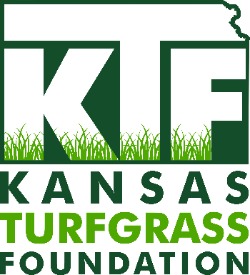Wild Onion and Garlic (Allium spp.)

Wild onion and garlic are cool-season perennial broadleaf weeds and members of the Lily family. They disrupt turf uniformity early in the growing season because they are actively growing before turfgrasses have broken their winter dormancy and resumed growth. Often an area requires early season mowing just to control the shoot growth of these plants. These weeds are most objectionable in warm-season dormant turfs. Both species have slender, smooth leaves and produce a strong odor following mowing. Wild garlic can be identified by its smooth, slender, hollow stems. By contrast, wild onion does not have a hollow stem and the shoots tend to be more flat in cross section. Both species arise from underground bulbs and bulblets. Wild garlic bulbs have a membranous papery coating whereas wild onion has a fibrous reticulate coating.
Occurrence
Wild onion and garlic both occur widely throughout most any landscape. They tend to be more of a problem in poorly drained soils. It often invades landscaped by being transported in contaminated fill soil. Both species produce hard and soft bulblets. Soft bulblets germinate in the autumn months and hard overwinter and germinate in spring and early summer. Both species also reproduce by seed and the bulblets produced at the tips of unmowed shoots. As these bulblets mature on the shoot they fall to the ground and sprout.
Non-Chemical Control
Proper cultural practices to maintain the health of the desired turfgrass species is the foundation for reducing infestations. Correcting soil drainage problems will make desirable turfgrasses more competitive. Frequent, close, early spring mowing may help reduce the vigor of these weeds but is probably impractical. Hand-digging is also impractical because of the extensive network of bulbs and bulblets in the ground.
Chemical Control
Since these plants are classified as broadleaf plants many of the same selective post-emergent herbicides used for broadleaf weeds are moderately effective on wild onion and garlic. While most broadleaf weeds in turf are best controlled by autumn applications, applications of herbicides containing 2,4-D, MCPP, and/or dicamba can be applied during early to mid-spring. The waxy cuticle on the shoots and upright growth orientation make control difficult. Therefore, a non-ionic surfactant, wetting agent or sticker should be used with any spray. Additionally, unlike other weeds mowing immediately prior to application can help improve herbicide uptake and control. For infestations in warm-season turfgrasses like zoysiagrass a non-selective systemic herbicide like glyphosate can be used prior to spring green-up. This practice is not recommended for cool-season grasses.



